Photographs: Anindito Mukherjee/Reuters Bhupesh Bhandari in New Delhi
Manufacturing in India is no longer an attractive proposition. And it has nothing to do with the economic slowdown.
Some of the conversations I have had with businessmen in the last few days have been illuminating. The first was with someone who has interests in the chemicals business. In May 2011, he had approached the Thai government to set up a polyester film plant in that country.
By October, the land was allotted to him - the coveted corner plot - with not just a road but even water and power connections and a sewage line. The irony was that he was used to the Indian pace, and hence had not bothered to place the order for the machinery - he hadn’t imagined that all the permissions would come through so quickly.
...
Too many problems forcing manufacturers to leave India
Image: A skytrain passes over vehicles on road in Bangkok, Thailand.Photographs: Kerek Wongsa/Reuters
Any delay in the project was because of this India hangover. More to the point, he said, at Rs 55 to a dollar, it was 10 per cent more economical for him to produce in Thailand, ship to India and sell here. At Rs 60 to a dollar, the price works out to more or less the same. This person, mind you, is a fourth-generation entrepreneur.
His forefathers had built a great manufacturing empire in India. But he is no mood to put any further money in India. India’s loss is Thailand’s gain. The second conversation was with a third-generation entrepreneur. He had made a large investment in a northern hill state.
...
Too many problems forcing manufacturers to leave India
Image: A man walks past a logo of steelmaker Posco at the company's headquarters in Seoul, South Korea.Photographs: Truth Leem/Reuters
He didn’t disclose the number but I guess it’s close to Rs 300 crore (Rs 3 billion). When I asked him if he wanted to upscale it, or make a similar investment elsewhere in the country, his answer was an unequivocal no. He too wants to invest abroad. Working in India, said the 20-something businessman, had caused him to “burn out”.
The incessant demands for bribes, non-existent infrastructure and the slow pace of decision making have sapped his patience. A few days after these conversations, the government announced big-bang reforms across sectors to attract foreign investors: telecom, defence, retail and so on. The same day, Posco said that it had scrapped its plans to build a steel mill in Karnataka with an investment of $5.3 billion (Rs 30,000 crore).
...
Too many problems forcing manufacturers to leave India
Image: The headquarters of ArcelorMittal in Luxembourg.Photographs: Francois Lenoir/Reuters
The next day, ArcelorMittal disclosed that it had dropped its plans to build an integrated steel mill in Odisha that would have involved an investment of over $6.5 billion (Rs 40,000 crore).
Within 24 hours of the reforms being unveiled, the country had lost foreign investment proposals worth almost $12 billion (Rs 70,000 crore). These two, by the way, are not the only steel makers that have scrapped their projects: in the last few years, projects that would have added 35-40 million tonnes to the country’s steel capacity have been junked.
...
Too many problems forcing manufacturers to leave India
Image: Kumar Mangalam Birla in Kuala Lumpur.Photographs: Bazuki Muhammad/Reuters
The writing on the wall is clear: manufacturing in India is no longer an attractive proposition. And it has nothing to do with the economic slowdown. Raising sector caps on foreign direct investment or diluting the role of the Foreign Investment Promotion Board won’t help either.
The fact of the matter is that India is the wrong place to set up a manufacturing unit. A few months ago, Kumar Mangalam Birla told Bloomberg TV India that a coal mine allotted to him was taken away when the $2-billion project it was meant for was already under construction; in Brazil, in contrast, he was assured of the date of commissioning a project, down to the hour.
...
Too many problems forcing manufacturers to leave India
Image: A view of Bandra-Worli sea link bridge in Mumbai.Photographs: John Goh/Reuters
Talk to any businessman and you will come across scores of such horror stories. The difficulties of doing business in India are enormous. If the government is really keen to revive the investment cycle in the country, it needs to fix these problems first.
The International Finance Corporation, in its Doing Business 2013 report, has ranked India 132 out of 185 countries on the ease of doing business. (The country held the same rank last year.) Its rank was 184 (same as that in 2012) in enforcing contract, 182 in dealing with construction permits (183 in 2012), 173 in starting a business (169), 152 in paying taxes (149) and 127 (125) in trading across borders.
...
Too many problems forcing manufacturers to leave India
Image: A view of Stockholm, Sweden.Photographs: Ints Kalnins/Reuters
One has to go through 12 procedures to start a business in India, compared to seven in South Asia and five in OECD countries. It takes 27 days to start a business in India, 19 in South Asia and 12 in OECD countries.
It is not worth recounting one more time what all is wrong; everybody across the world seems to know, except the Indian government. A new factor that has come into play is the yawning skills gap. There just isn’t enough talent around; salaries, as a result, have shot up to levels where business has become uncompetitive.
...
Too many problems forcing manufacturers to leave India
Image: Students work at the electrical department of the Industrial Training Institute in Beed, about 350km east of Mumbai.Photographs: Danish Siddiqui/Reuters
Take a look at the mess in engineering education. PurpleLeap, a Pearson and Educomp company, had a couple of years ago surveyed 34,000 students from 198 engineering colleges across the country: only 10 per cent from Tier 2, 3 and 4 colleges were readily employable, and one-third were unemployable even after training.
The survey, mind you, was restricted to students who had done well academically. Aspiring Minds, based on a study of 55,000 students from 250 engineering colleges, had found that 25-35 per cent students were unable to comprehend English. That shouldn’t have been a problem, except that most books and instruction manuals are in English.
...
Too many problems forcing manufacturers to leave India
Image: London Mayor Boris Johnson with students in New Delhi.Photographs: B Mathur/Reuters
Only 57 per cent could write grammatically correct sentences in English; less than 48 per cent understood “moderately sophisticated” words; and almost 50 per cent possessed grammar skills no better than a Class VII student.
Not more than 30 per cent of the students, who went through stress and exhaustion while preparing for engineering college, were acquainted with the word “exhaust”. “Absurd” was a word not understood by 50 per cent.


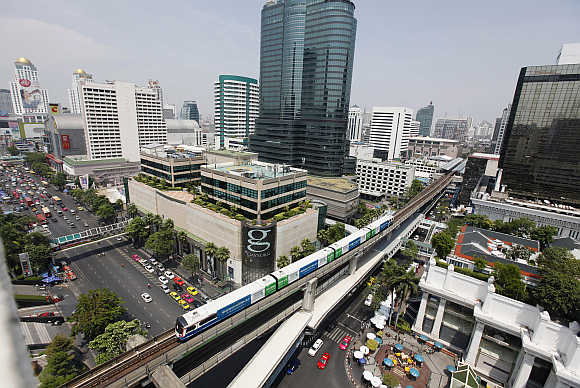
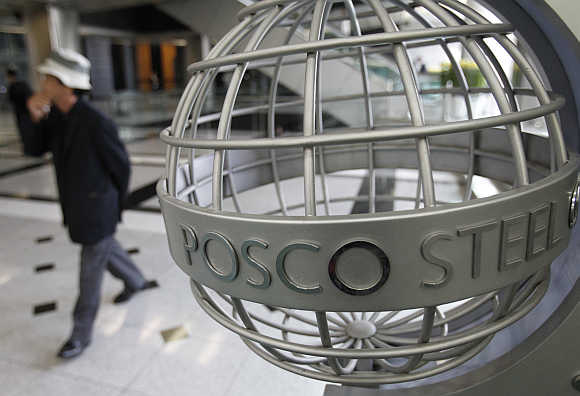

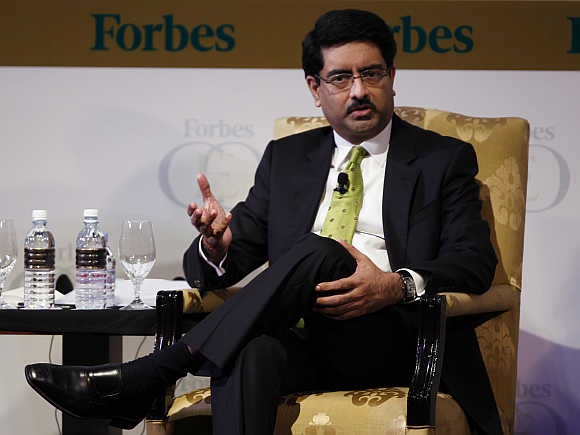
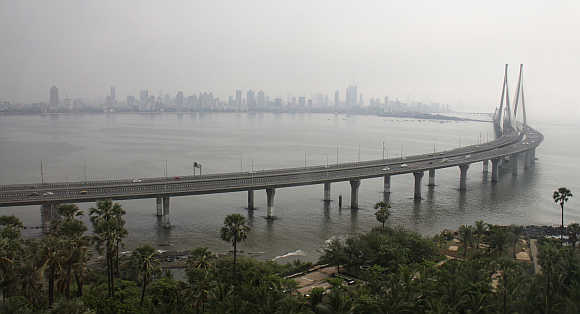

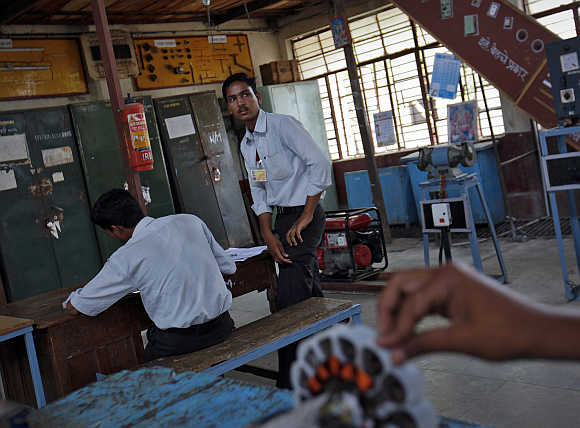


article